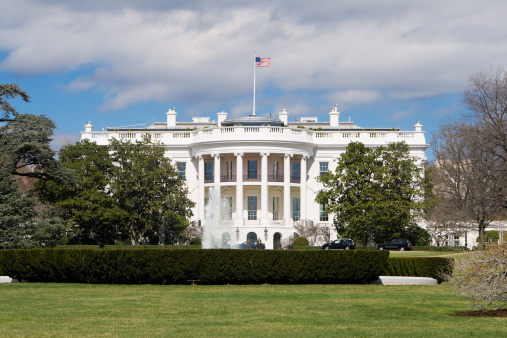Buried deep in the White House “Mid-Session Review” to Congress is the executive branch’s forecast for gross domestic product (GDP). The number is only 2% this year. As a matter of fact, the improvement does not reach a level of over 3% per annum over the next decade. The notion that the U.S. economy can entirely break from the effects of the recession has disappeared, at least according to the administration.
In the document, budget office experts report:
Real GDP is expected to rise by 2.0 percent during the four quarters of 2015, and then to rebound to 2.9 percent for 2016, followed by deceleration to 2.8 percent during 2017 and 2.5 percent during 2018 as the economy reaches full employment. The average growth rate from 2014-2019 is somewhat below what was published in the Budget, because of the downward revision for 2015 GDP. Beyond 2018, real GDP growth is projected to moderate. The growth rate is steady at 2.3 percent per year in 2020-2025, the same as in the Budget.
ALSO READ: 20 Cities With the Widest Gap Between the Rich and Poor
Many experts believe that an improvement in consumer sentiment would drive consumer spending. However, with the housing market larger recovered, unemployment near total recovery levels and real wages stagnant, spending power may have reached a peak. And it is stagnant wages that may be the limiting factor in a rapid recovery. As Pew pointed out last year in its FactTank report:
But a look at five decades’ worth of government wage data suggests that the better question might be, why should now be any different? For most U.S. workers, real wages — that is, after inflation is taken into account — have been flat or even falling for decades, regardless of whether the economy has been adding or subtracting jobs.
The jobless level cannot be counted as among the major reasons for administration pessimism:
The unemployment rate is projected to reach 5.1 percent by the fourth quarter of 2015, two-tenths of a percentage point below its level in June. With continued economic growth and accommodative monetary policy, the unemployment rate is projected to dip to 4.6 percent in 2017-18 before settling at 4.9 percent, the rate consistent with stable inflation in the long run.
These projections decouple growth from unemployment.
The major message from the Mid-Session Review is that the budget deficit has stabilized a portion of GDP, and it will rise only modestly between now and 2025. As is the case with all projections, the likelihood the figures are correct becomes less and less stable as time passes. However, if the GDP numbers are close to right, the United States will not return to the boom economy with GDP growth well above 3%. And that is a depressing forecast.
ALSO READ: 10 Cities Where Incomes Are Growing (and Shrinking) the Fastest
100 Million Americans Are Missing This Crucial Retirement Tool
The thought of burdening your family with a financial disaster is most Americans’ nightmare. However, recent studies show that over 100 million Americans still don’t have proper life insurance in the event they pass away.
Life insurance can bring peace of mind – ensuring your loved ones are safeguarded against unforeseen expenses and debts. With premiums often lower than expected and a variety of plans tailored to different life stages and health conditions, securing a policy is more accessible than ever.
A quick, no-obligation quote can provide valuable insight into what’s available and what might best suit your family’s needs. Life insurance is a simple step you can take today to help secure peace of mind for your loved ones tomorrow.
Click here to learn how to get a quote in just a few minutes.
Thank you for reading! Have some feedback for us?
Contact the 24/7 Wall St. editorial team.

